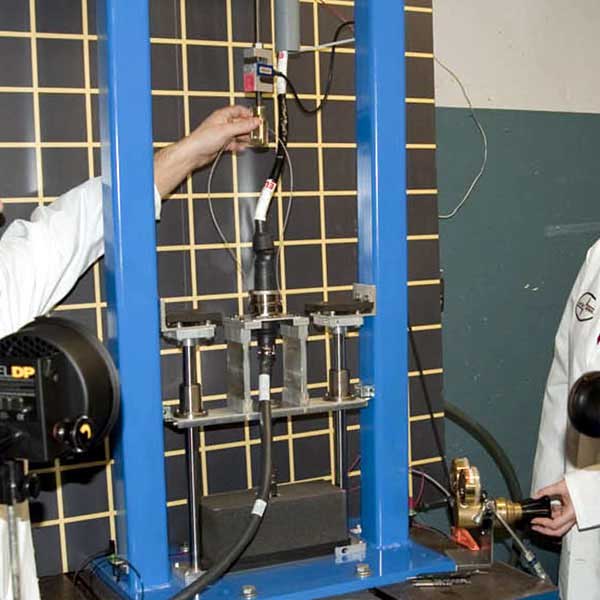I'm looking for an actuator that can achieve speeds in the range of 30-35 ft/sec (360-420 in/sec) and handle a force in the 100-200 lb range.
I was considering a high pressure air cylinder type actuator but most of the companies I talk to say their cylinders can't go anywhere near this fast.
I found a picture of a setup similar to what I'm trying to build, and it looks like they're using some kind of pneumatic setup. Open to other options too though.
Does anyone have experience with super high speed actuators, or know of a product that might work for these high speeds?

I was considering a high pressure air cylinder type actuator but most of the companies I talk to say their cylinders can't go anywhere near this fast.
I found a picture of a setup similar to what I'm trying to build, and it looks like they're using some kind of pneumatic setup. Open to other options too though.
Does anyone have experience with super high speed actuators, or know of a product that might work for these high speeds?

